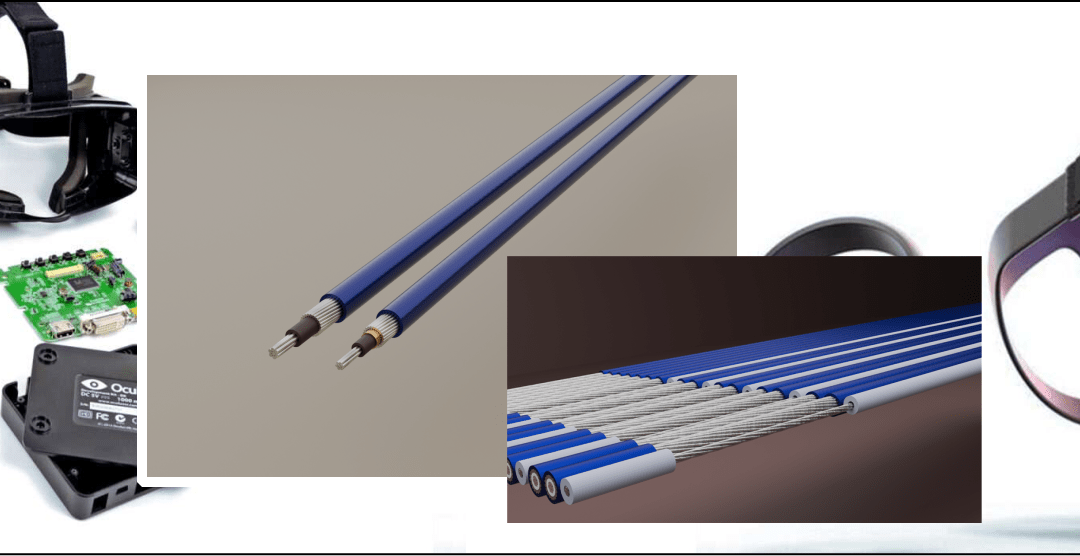As data consumption explodes and next-gen applications demand ever-faster performance, the future of interconnect design hinges on scalability, modularity, and precision engineering. Staying ahead means preparing today’s designs to meet tomorrow’s bandwidth, signaling, and integration standards. This article offers expert insight into emerging high-speed interconnect trends and strategic design considerations for building resilient, forward-compatible systems.
Embracing the Shift to Multi-Gigabit Interconnects
The current generation of interconnect standards already operates well beyond the 10 Gbps threshold. Technologies like USB4 v2.0, Thunderbolt 5, and PCIe 6.0 are pushing boundaries with speeds up to 120 Gbps—driven by cloud computing, immersive media, and AI workloads. As bandwidth demands grow, engineering approaches must evolve from fixed-function solutions to adaptive, future-ready architectures.
Agile and Adaptive Supply Chain Networks
In the future, supply chains must prioritize agility and adaptability. Traditional linear supply chains will evolve into dynamic and interconnected networks, capable of quickly responding to changing market dynamics. Embracing agile practices such as lean principles, just-in-time manufacturing, and flexible production capabilities will enable organizations to swiftly adjust to demand fluctuations, supplier disruptions, and unforeseen events. By building resilience into the core design of their supply chain networks, businesses can effectively manage risks, optimize inventory positioning, and ensure seamless continuity of operations.
|
Technology |
Max Speed |
Connector Types |
Applications |
|
USB4 v2.0 |
80/120 Gbps |
USB-C |
Data transfer, video, power delivery |
|
Thunderbolt 5 |
80/120 Gbps |
USB-C |
High-performance peripherals |
|
DisplayPort 2.1 |
80 Gbps |
DisplayPort, USB-C (Alt Mode) |
High-resolution displays |
|
Ethernet |
800 Gbps (current) |
QSFP-DD, OSFP |
Data centers, enterprise networking |
|
PCIe 6.0 |
64 GT/s per lane |
Internal slots, CEM |
High-speed internal components |
|
50G-PON |
50 Gbps |
Optical fiber |
Broadband access |
Modular and Scalable by Design
The future of high-speed interconnects lies in scalable architectures that accommodate lane reconfiguration, support multiple protocols, and shrink physical footprints without compromising signal integrity. Designers must adopt modular systems with built-in headroom—thermal, electrical, and logical.
Trends shaping the next generation include:
-
Migration from NRZ to PAM3 and PAM4 for increased signaling density
-
Converged interfaces blending power, data, and display (e.g., USB4 + DisplayPort)
-
Adoption of pluggable optics and Chip-to-Module (C2M) interfaces
-
Emergence of protocol-agnostic topologies supporting AI/ML and real-time compute
Engineering for Forward Compatibility
A resilient interconnect must do more than meet today’s specs—it must be ready to adapt. By integrating certain design principles, engineers can ensure long-term viability and performance:
-
Material Selection: Prioritize low-loss dielectrics for signal clarity
-
PCB Layout: Minimize skew, optimize trace impedance, and manage via stubs
-
Signal Conditioning: Incorporate re-drivers, equalizers, and de-embedders
-
Connector Design: Choose components with thermal, electrical, and EMI margin
-
Protocol Flexibility: Enable future upgrades through standard-agnostic pathways
Conceptual Framework: The Future Interconnect Stack
A modular interconnect platform of the future will rely on reconfigurable lanes, embedded diagnostics, and dynamic protocol mapping. Though the physical diagram isn’t shown here, envision a system where PCIe, USB, and DisplayPort coexist via dynamic muxing, with automated signal tuning and error correction at the edge
Designing for the future isn’t about prediction—it’s about preparation. By embracing emerging standards, optimizing for signal integrity, and building in modularity, engineers can create interconnect systems that grow alongside technology. The roadmap is clear: flexible, high-performance, and future-proofed from the start.
